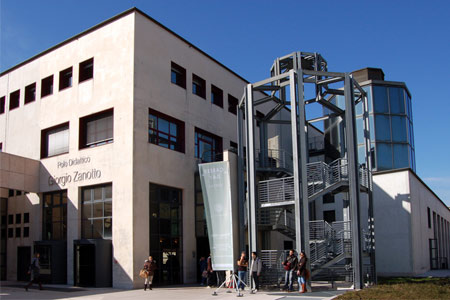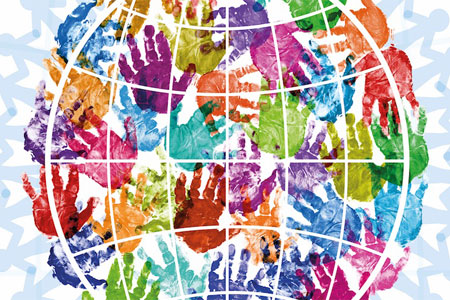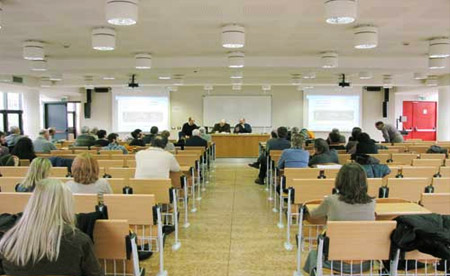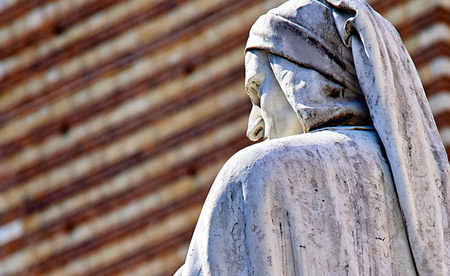Learning outcomes
Fornire conoscenze basilari di storia dell’arte e strumenti per rispondere a tale domanda del turismo culturale. Si propone l’acquisizione della capacità di mettere assieme in progetti mirati (itinerari) conoscenze sulla geografia, storia e arte di un contesto territoriale, noto o meno turisticamente, con particolare riguardo al Veneto.
The course aims at providing the fundamental tools for understanding the relationship between two geographic areas. The goal is to underline the circulation of the influences rooted in a shared cultural context and how they have been re-elaborated according to the peculiar needs of each geographic area, in a specific chronological period. With this aim, suitable works by Caravaggio (Milan, 1571 – Porto Ercole, 1610) and Velázquez (Seville, 1599- Madrid, 1660) will be taken into account for their formal evolution, iconography and iconology, following an interdisciplinary approach (with the support of art historical, historical and literary sources), so to present a cultural frame as born from the exchanges between varied Mediterranean areas.
The course's goal is to provide students with basic tools for recognising the main cultural structures between the XVIth and the XVIIth century in different geographic regions; dealing with problems in interpreting the works that will be the object of the course with a critical judgement. During the course, students are constantly invited to develop their judgement and express their opinions on the works of art (slides will be loaded on the learning site).
Students are frequently encouraged to verify the liabilty of the theoretical statements they have learnt from the teacher by analysing the works of art by their own (the works of art will be discussed during the lessons and their images will be loaded on the e-learning website); furthermore, students are encouraged to express their opinions on specific problems concerning particular works of art, so that they can develop their skills in analysing and giving their personal judgement.
Caravaggio’s innovations in Rome:
1. Art historical and historical context.
2. Training and the maturation of his style.
3. Patrons and iconographies: functions and meaning.
4. The diffusion of Caravaggism in Italy and Europe.
Velázquez’ developments, from Seville to Madrid:
1. Art historical and historical context.
2. Training and the maturation of his style.
3. Patrons and iconographies: functions and meaning.
4. Exchanges with the Italian culture and Caravaggism.
Further bibliography will be given by the beginning of the course
Oral assessment. Students are asked to recognise and describe the main cultural and formal features characterising the works of the two painters involved; their main iconographies, as well as their literary and typological sources; what all this have meant (in terms of dependence and possible relationship between 'centers and peripheries') in developing cultural exchanges in the Mediterranean basin.
Lecture notes helpful in preparing the exam are available at the copy shop "30 e oltre", Verona, via Timavo 16







